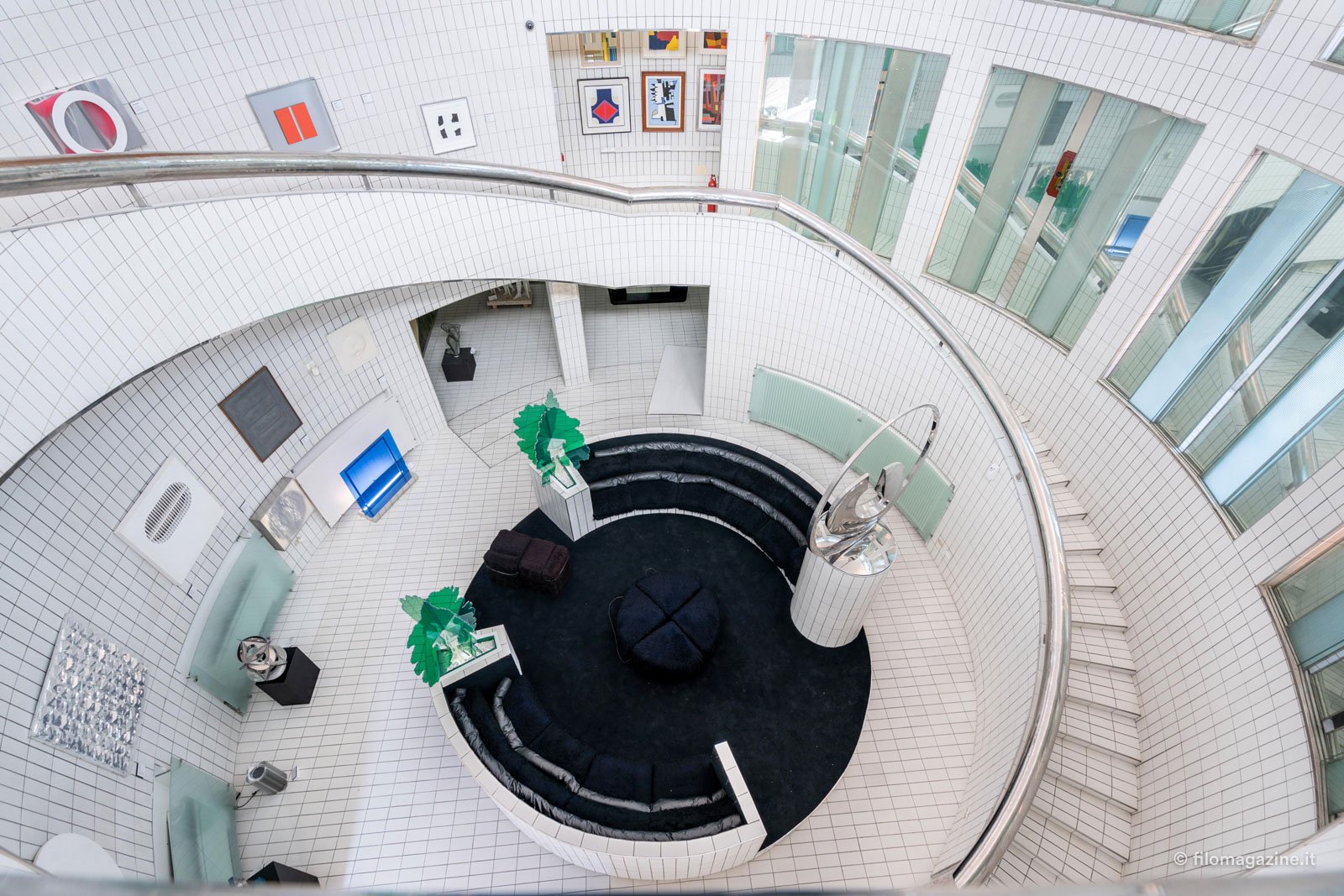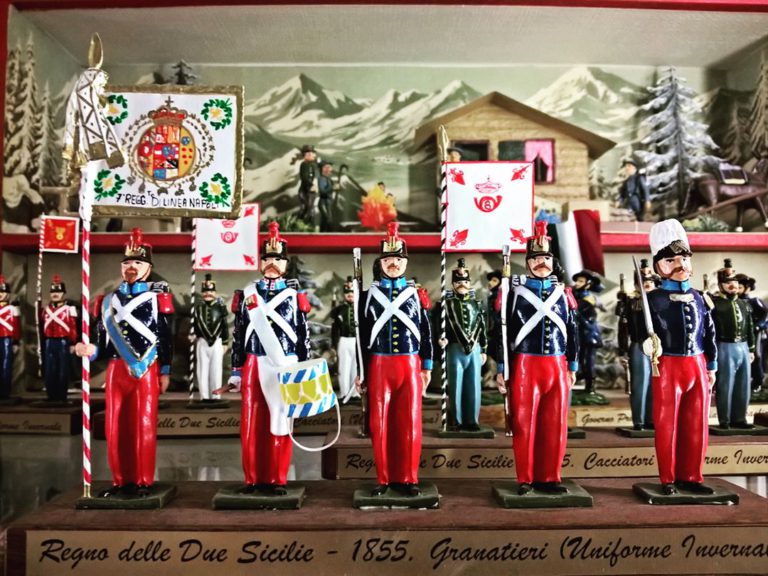After having wandered across the lands of Romagna to discover the dwellings of some of the most illustrious personalities that lived and spent part of their time here, we move in Emilia to visit houses and manors that are famous because of their tenants.
Musicians, poets, painters, singers and dreamers: many stops are along an itinerary that is surely far from the traditional touristic routes.
Giuseppe Verdi
Undisputed genius of music and one of the major 19th century-Italian composers, GIUSEPPE VERDI was born in a poor family on 10 October 1813 in Rondole di Busseto (now called Roncole Verdi), in the province of Parma.
Here, the birth house has become a national museum and can be visited: it is a simple and humble house that recalls the typical 19th century-buildings of the countryside.
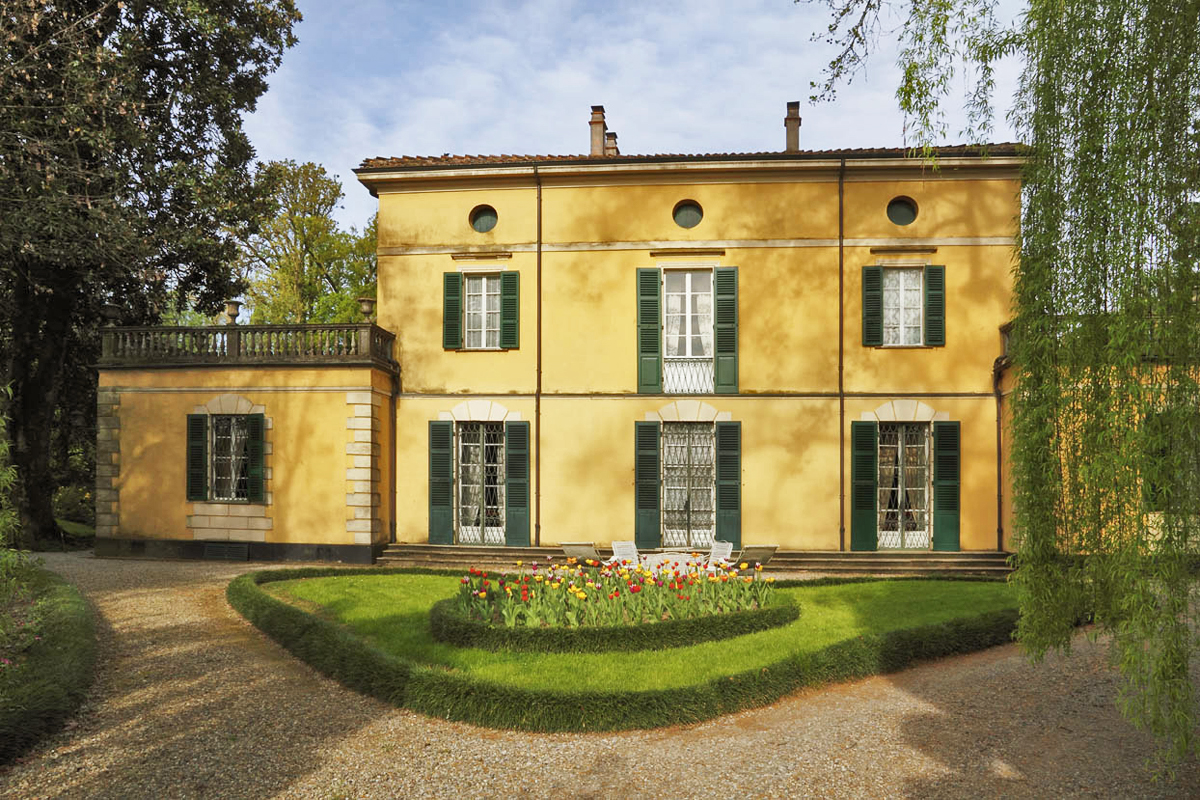
Villa Verdi (Sant’Agata, Piacenza) | Photo © IBC – Emilia Romagna
Of a completely other standard is the house where Verdi lived part of his life until his passing with his great love Giuseppina Strepponi. We are in Sant’Agata di Villanova sull’Arda, in the province of Piacenza, just 3 km away from Busseto.
Surrounded by a vast romantic park, the manor preserved its original structure, including the furniture and objects. Here, Verdi wrote immortal pieces like La Traviata, Trovatore, Don Carlos, Aida, Otello, Falstaff and many other, and here he dedicated himself to otium and to meditation.
The villa is now occupied by the heirs, but the rooms facing south with their refined furniture and objects of that time are open to the public, including the room with pieces of furniture of the Hotel de Milan where Verdi died in 1901.
Enzo Ferrari
Founder of the most famous car company in the world, legendary ENZO FERRARI was born between the two world wars of the last century – there is certainly no need of any further presentations or useless bowing and scraping.
Amidst the vineyards of Lambrusco and the grana cheese of the Po Delta valley, Modena has been hosting the museum dedicated to him and his extraordinary projects since 2012. It is an exhibition area that gathers two different but intertwined souls together: the native house dating back to the 19th century and the new gallery designed by architect Jan Kaplicky that stands out for its futuristic yellow-coloured covering.
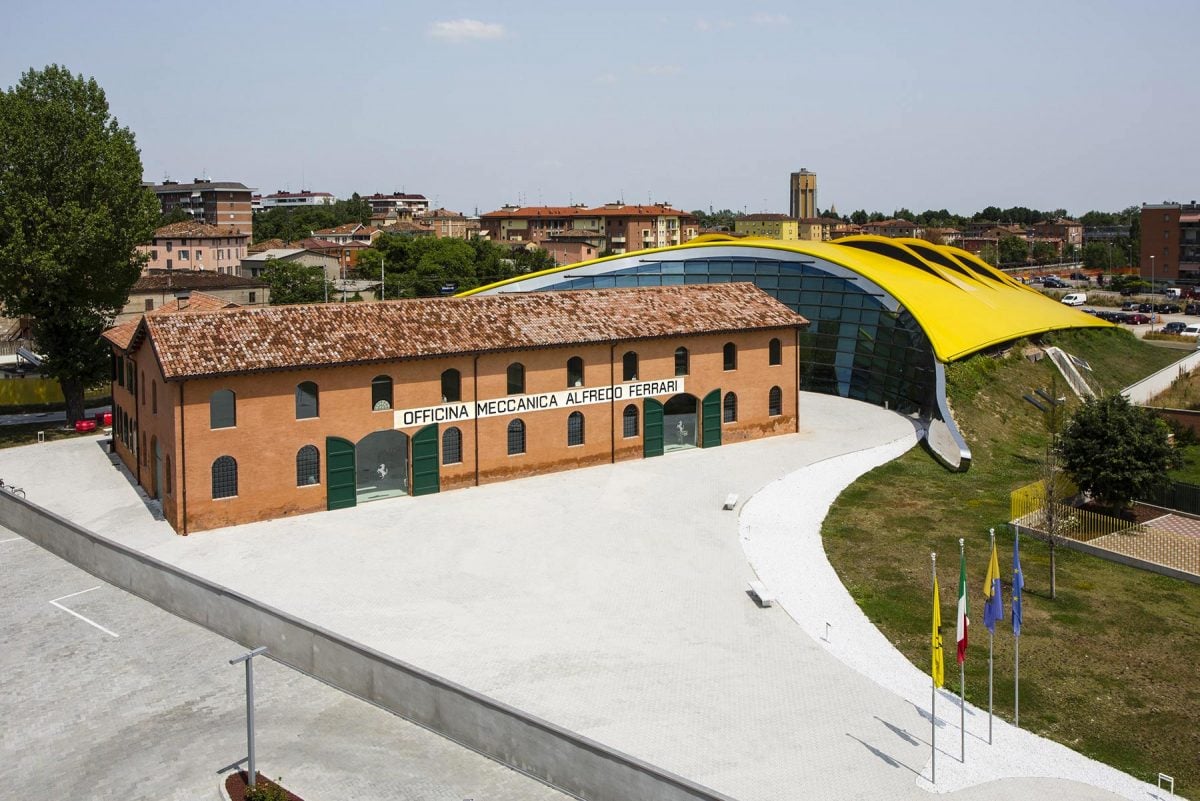
Enzo Ferrari Museum (Modena) | Photo © Enzo Ferrari Museum
The first house hosts media that tell the story and the work of this great man, whereas the second hosts one of the most beautiful Ferrari collections in the world, from the very beginning to this day.
The museum offers many activities such as the Formula 1 semi-professional drive simulator – not to forget the tour “Discover Ferrari & Pavarotti Land” to get to know one of the gems of the territory of Modena.
Luciano Pavarotti
Undisputed icon of the international lyric, LUCIANO PAVAROTTI was born in Modena in 1935. Considered one of the ten most important tenors in history, he achieved countless success during his career, not to mention his commitment to social issues with important projects such as Pavarotti & Friends.
With the aim of keeping his memory alive, the Foundation dedicated to him opened a museum in the house where he spent his last years.
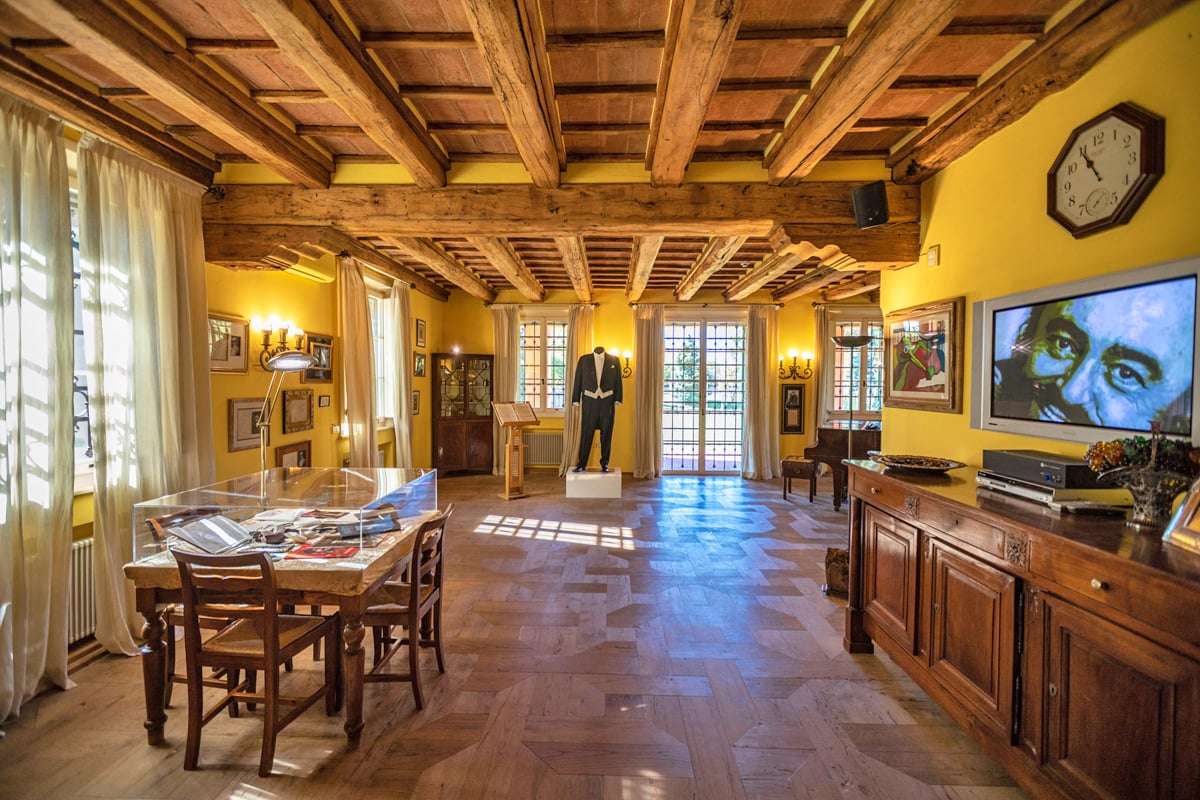
Casa Museo Luciano Pavarotti (Modena) | Foto © Luciano Pavarotti Foundation
The villa is located in the countryside of Modena and was realised according to the Maestro’s will in his own image. It preserves inside many personal objects such as the scene costumes, his gaudy Hawaiian shirts, the scarfs, and foulards, etc. he collected over a lifetime.
Lucio Dalla
The house of the famous musician LUCIO DALLA comes into sight a stone’s throw away from Piazza Maggiore. He was one of the brightest Italian singer-songwriters who was so eclectic that during his career proved to be able to range from political songs to heart-wrenching nocturne ballads.
After his death occurred in 2012, the Foundation Dalla took care of the building, preserving the many collections and works kept inside.
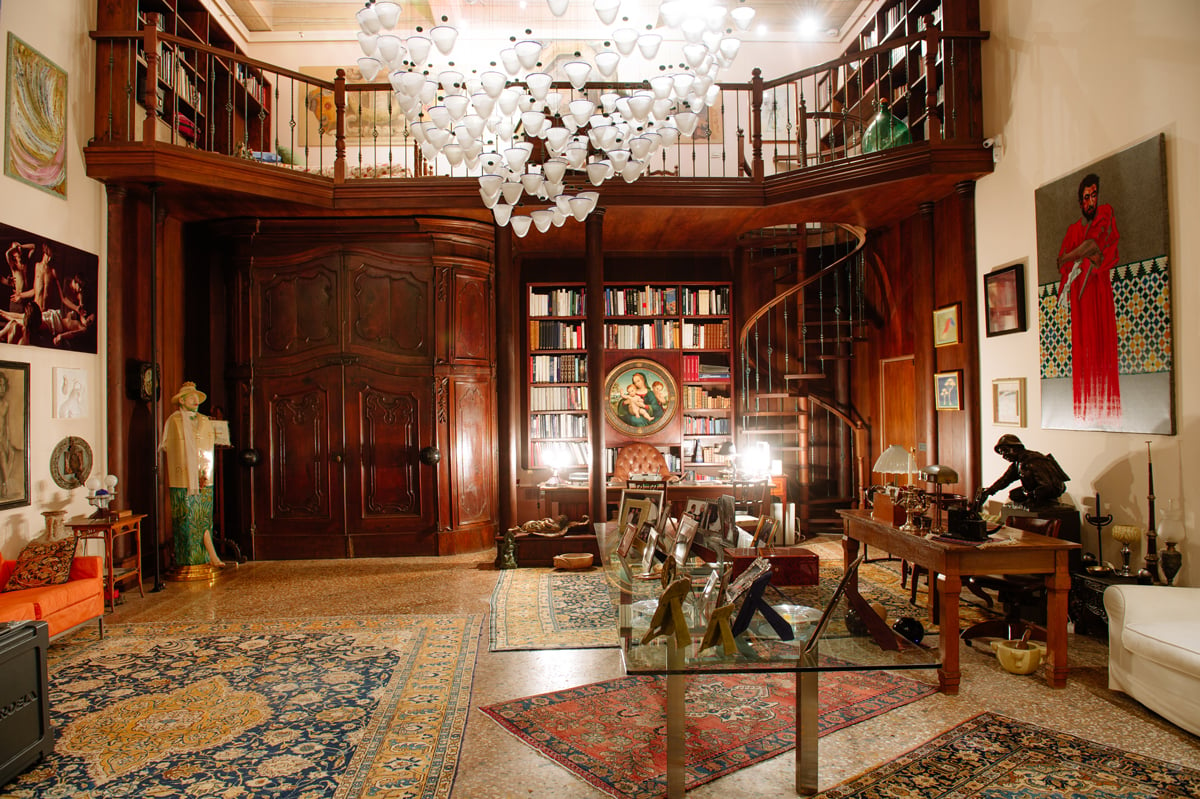
The House of Lucio Dalla in Bologna | Photo © Giacomo Maestri, via luciodalla.it
On the noble floor of an exquisite example of a 15th century-palace, the house is a real monument to the life of this artist and his songs. The rooms are permeated with the eccentricity of Dalla, which show what deep relationship he had with the world arts in all their forms.
Thanks to the initiative “Lucio’s on Friday! Guided Tour of Casa Dalla“, every Friday an exclusive guided tour reveals the rooms of his house.
Giorgio Morandi
Famous for his still-life and melancholic paintings, GIORGIO MORANDI probably is one of the greatest painters Italian art has ever known during the last century.
Coming from Bologna (1890), he spent his life going back and forth from his birth city to the little locality of Grizzana, in the bolognese inland, which homaged the artist turning the place name in Grizzana Morandi in 1985.
In Bologna, in via Fondazza, 36, the house where he lived from 1910 until his death (1964) is still visible. It was bought by the Municipality and, if you want to connect with the visionary world of Morandi you can reserve your visit.
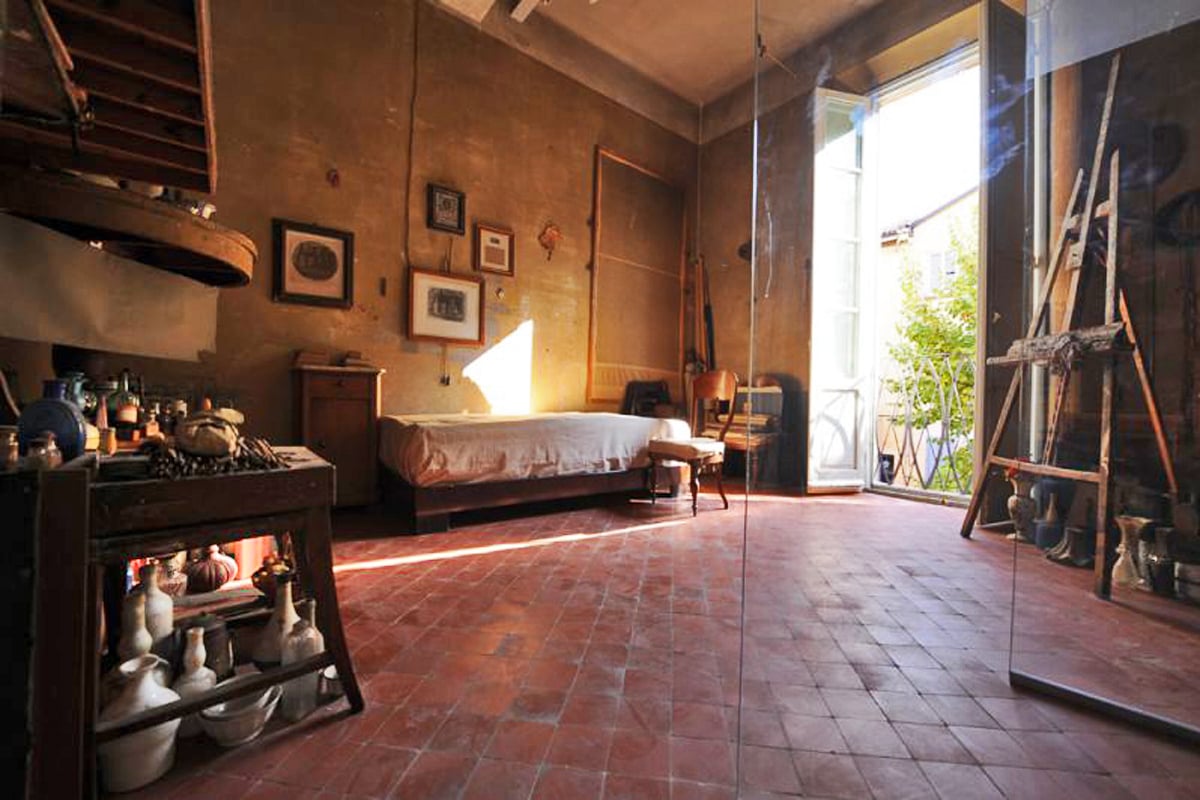
The House of Giorgio Morandi (Bologna) | Photo © Mambo
The study, the atmosphere, the original objects come alive in this house surrounded by many details that come into view moving along the hallways and rooms. Photos, documents, books tell about his life both as a man and as an artist and open “windows” onto his family and the relationship with other scholars of the time.
Together with the Morandi Museum (inside the Museum Mambo), which hosts the widest collection of his works, Casa di Fondazza shows the several faces of the painter’s personality, along with Casa Museo Morandi, located in the little Apennine town of Grizzana, which was his vacancy house and is perfectly preserved with its original furniture.
Giosuè Carducci
In Bologna, between Porta Maggiore and Porta Santo Stefano, the house of GIOSUÉ CARDUCCI awaits literature enthusiasts. Nobel Prize for Literature, he moved here in 1890, when the Ministry of Education asked him to teach Italian Rhetoric at the university, and he ended here his days (1907).
The house is entirely open to the public and it is at the same time a museum and a documentation centre dedicated to 19th century-literature as well as a historical building dating back to the early 16th century. With its furniture pieces, books and thousands of objects it perfectly preserved its original aspect.
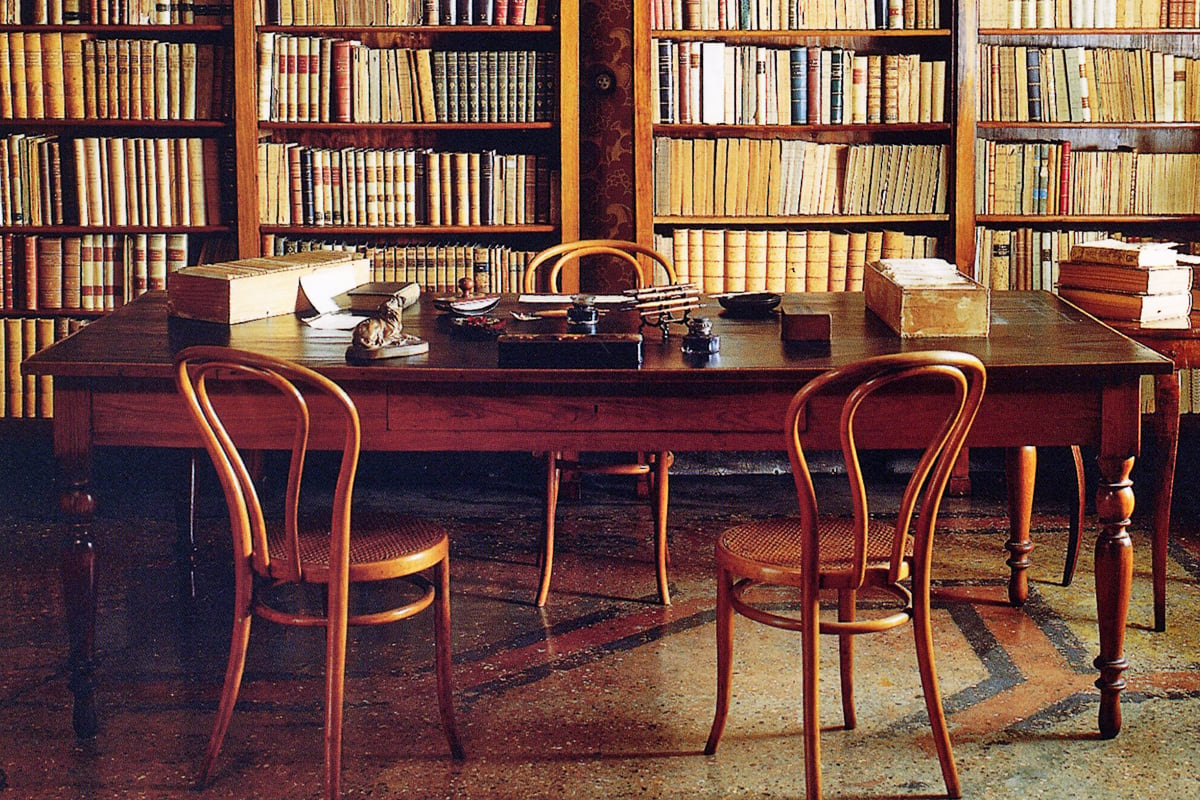
The House of Giosuè Carducci (Bologna) | Photo © Casa Carducci
The library is noteworthy: it was bought in toto together with the house by Queen Margherita of Savoy and was donated some years later to the Municipality of Bologna on the condition that it be preserved and given to a museum and library open to the public.
Count Cesare Mattei
Controversial personality, count CESARE MATTEI decided to retire from public and political life in 1845 and to move to Grizzana Morandi on the Bolognesi Apennines.
Angry with the medical profession that did not succeed in healing her mother from ten years of suffering, he completely dedicated himself to the study of a new medicine , the Electrohomoeopathy (or Mattei cancer cure) : an alternative medicine based on matching the power of herbs with the one of vegetal electricity, whose principles have gone lost today, even if it is still practised in many parts of the world, especially in India.
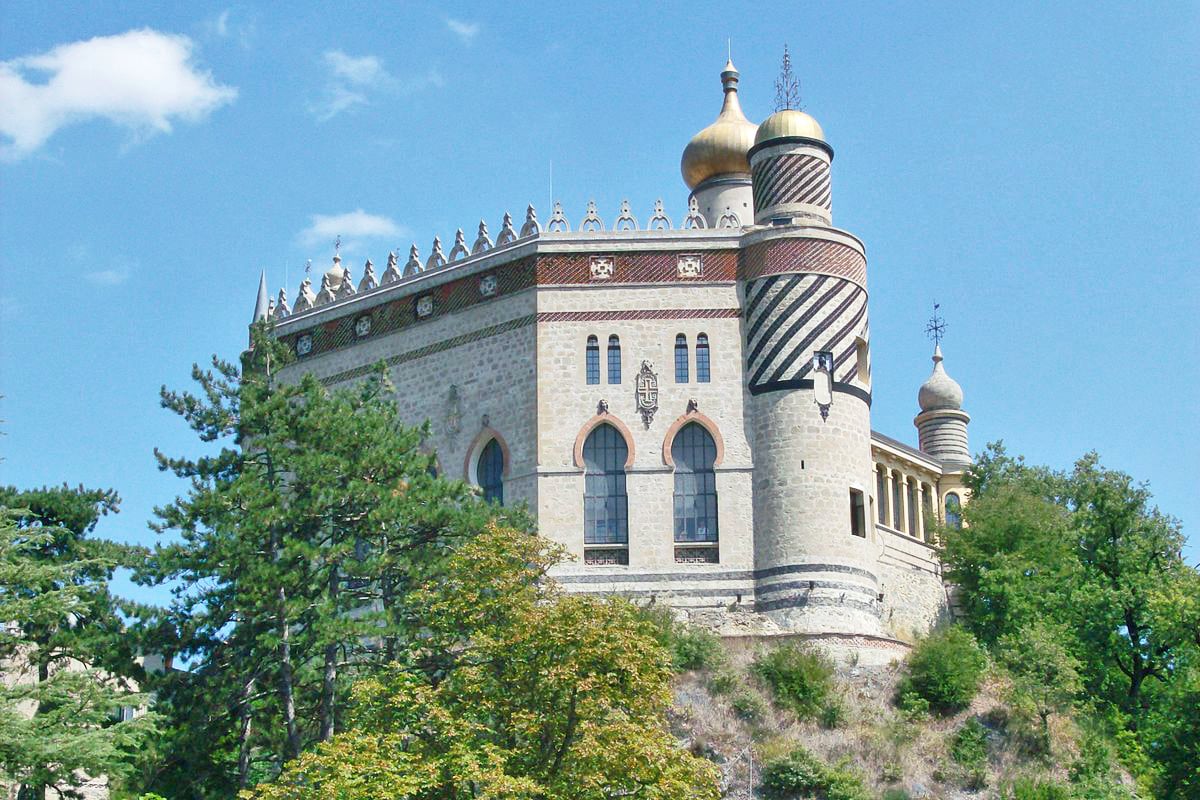
Rocchetta Mattei (Grizzana Morandi, Bologna) | Photo © Rapallo80, via Wikimedia
After huge works that restored most of the original structures, the castle is open to the public and shows, under the bewildered eyes of many, its eccentric and elaborate rooms.
The castle hides a labyrinthic network of rooms with manifold styles, towers and staircases that show attentive and esthetic research, as well as esoteric traces that recall the Moorish art.
Author

Davide Marino
Davide Marino was born archaeologist but ended up doing other things. Rational – but not methodic, slow – but passionate. A young enthusiast with grey hair
You may also like
The Houses of Illustrious Personalities in Romagna
by Davide Marino /// July 6, 2018
Curious Museums #inEmiliaRomagna | Bologna and surroundings
by Lo Staff /// December 17, 2017

Interested in our newsletter?
Every first of the month, an email (in Italian) with selected contents and upcoming events.
